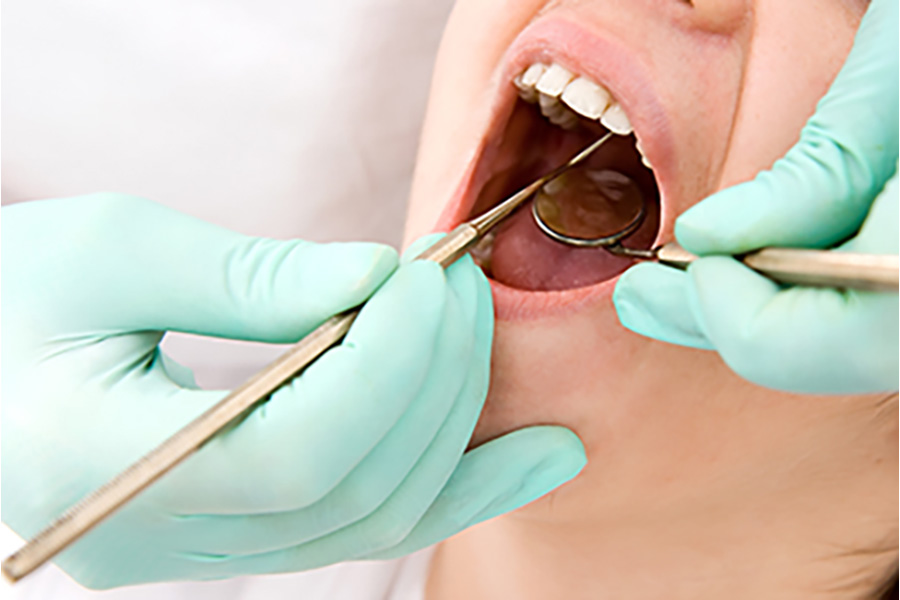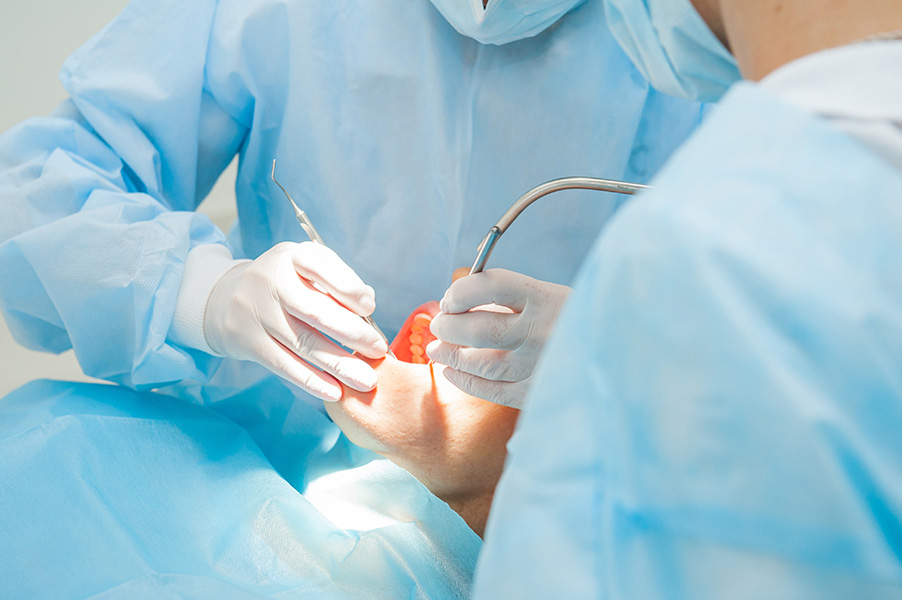Periodontal
Disease
What is Periodontal Disease?
Most adults will have some form of gum disease during their lifetimes. Gingivitis marks the first stage of gum disease. If allowed to progress, gingivitis can lead to more severe gum disease or periodontitis. Periodontitis affects the gums and the bone that support the teeth. Untreated periodontitis can lead to tooth loss.

What Causes Periodontal Disease?
Gum disease is caused by bacteria that form a sticky film called plaque on the teeth. Over time, plaque hardens into tartar which only a dental professional can remove.
The bacteria in plaque and tartar irritate the gums, causing them to become inflamed (swollen, red, and bleeding). This stage is called gingivitis. If treated, the gum disease is reversible. However, if patients do not control their gingivitis, it can progress to periodontitis.

Progression of Periodontitis
Periodontitis is an advanced and severe form of gum disease. It can lead to tooth loss. It can also lead to other oral and systemic health problems.
In periodontitis, bacteria infect the gums and the bone underneath. This infection creates pockets in the bone around the teeth. These pockets ultimately become deeper and fill with more bacteria.
As a result, the gums can pull away from the teeth, making them look longer or creating black triangles between them. Teeth can also become loose, shift in position, or even fall out.
Periodontitis increases the risk of heart disease, diabetes, and stroke. It can also make patients more susceptible to other inflammatory conditions.

Healthy
Gums are pink & firm

Gingivitis
Gums are red swollen caused by plaque and or tartar
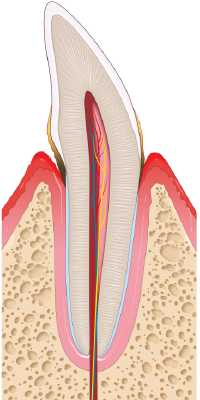
Periodontitis
Gums are red and inflamed
Heavy tartar
Pocket depth increasing
Start of bone loss
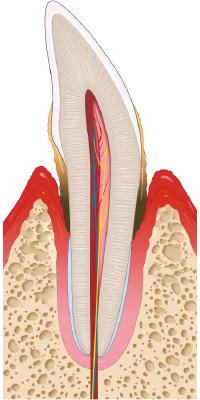
Moderate Periodontitis
Gums are red and inflamed
Accumulation of tarter and calculus above and below the gum line
Deeper pocketing
Increased bone loss

Severe Periodontitis
Gums are red and inflamed
Heavy accumulation of tarter and calculus above and below the gum line
Mobility of teeth
Toothloss
What To Expect At Your Periodontal Exam
Step 1: Review Your Medical and Dental History
Before the exam begins, Dr. Ratliff will get to know you by reviewing your medical and dental history. You will have the chance to discuss any symptoms or concerns you may have.
Step 2: Check Your Teeth and Gums
Dr. Ratliff will look inside your mouth and chart which teeth are present, missing, and loose. She will also look at any soft tissue irregularities.
Step 3: Charting your mouth
A periodontal probe is used to measure:
Pocket depths- the space between your gums and bone
Recession-the distance your gums have pulled away from your teeth
Keratinized tissue- the pink tissue that surrounds the teeth.
Step 4: Perform a Head and Neck Exam
In addition to checking your mouth and bite, a head and neck exam will be completed. This includes looking at the back of your throat, the gum tissues at the sides of your cheeks and lips, and feeling for nodes in the neck and the floor of your mouth. This is to look for oral cancer or abnormal changes.
Step 5: Take X-Rays and 3D Scans (If Necessary)
Dental radiology may be taken during the exam if not already provided. The X-rays will let Dr. Ratliff see the condition of your bone and teeth. If necessary, it maybe recommended to take a 3D scan of your teeth.
Step 6: Review Findings and Treatment Options
Finally, Dr. Ratliff will share her findings with you and outline your treatment options while taking the time to answer any questions you may have.
Know Your Numbers
1-3mm
Congratulations!
You have healthy gums that are well-attached to your teeth. Keep up the excellent work!
4mm
Caution!
This could be the early stage of gum disease. Follow your dentist's advice and improve your oral hygiene habits.
5mm+
Alert!
You need to see a Periodontist. Your gums are in trouble! This is a serious stage of gum disease. It can lead to tooth loss. It can also lead to other oral and systemic health risks.
© Copyright 2012 - 2025 Pure Perio | All rights reserved
Periodontal Therapies & Services
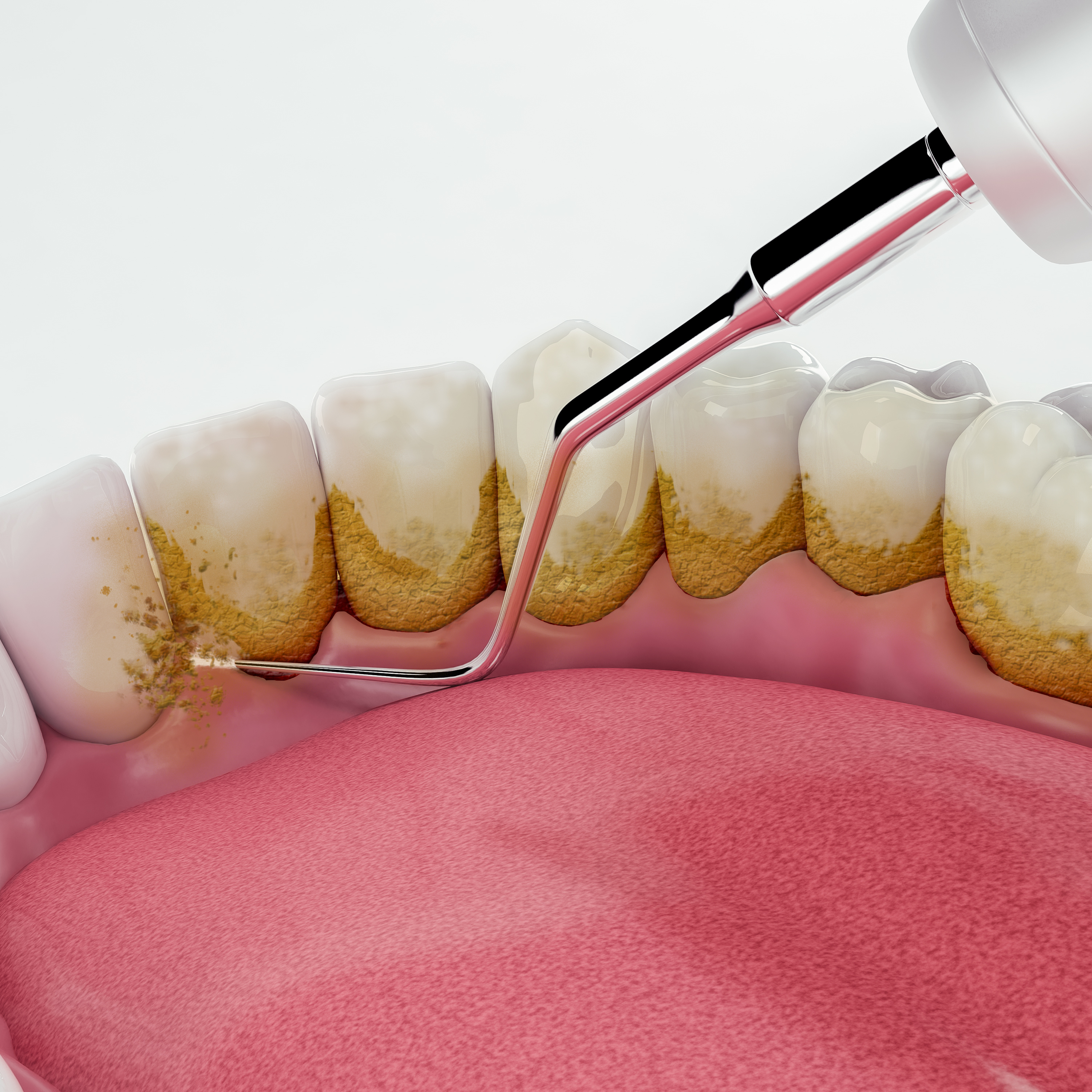
Periodontal Therapy
While there is no cure for periodontal disease, it can be treated surgically and maintained non surgically. Some treatments include scaling and root planing, osseous surgery, and perio-maintenance. Learn more more about our periodontal treatment options.
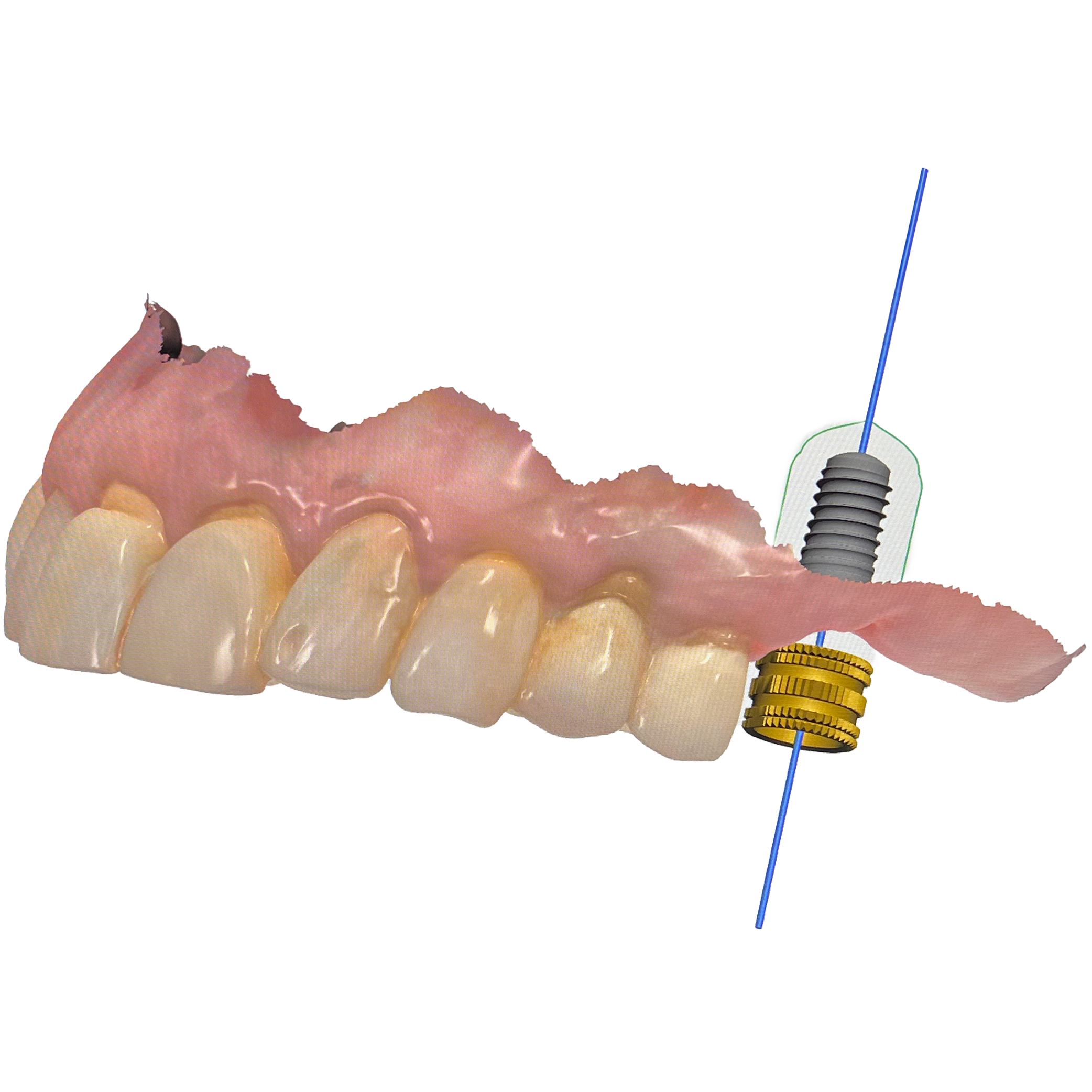
Implant Services
Dental implants replace missing teeth. Implants offer improved appearance, long-lasting teeth, and enhanced comfort over other options. Learn more to see if implants are right for you.

Laser Therapy
Laser therapy provides a no cut no sew alternative to traditional gum surgeries. Lasers can also aid in tissue regeneration. Learn more about laser therapy and the LANAP and LAPIP procedures.
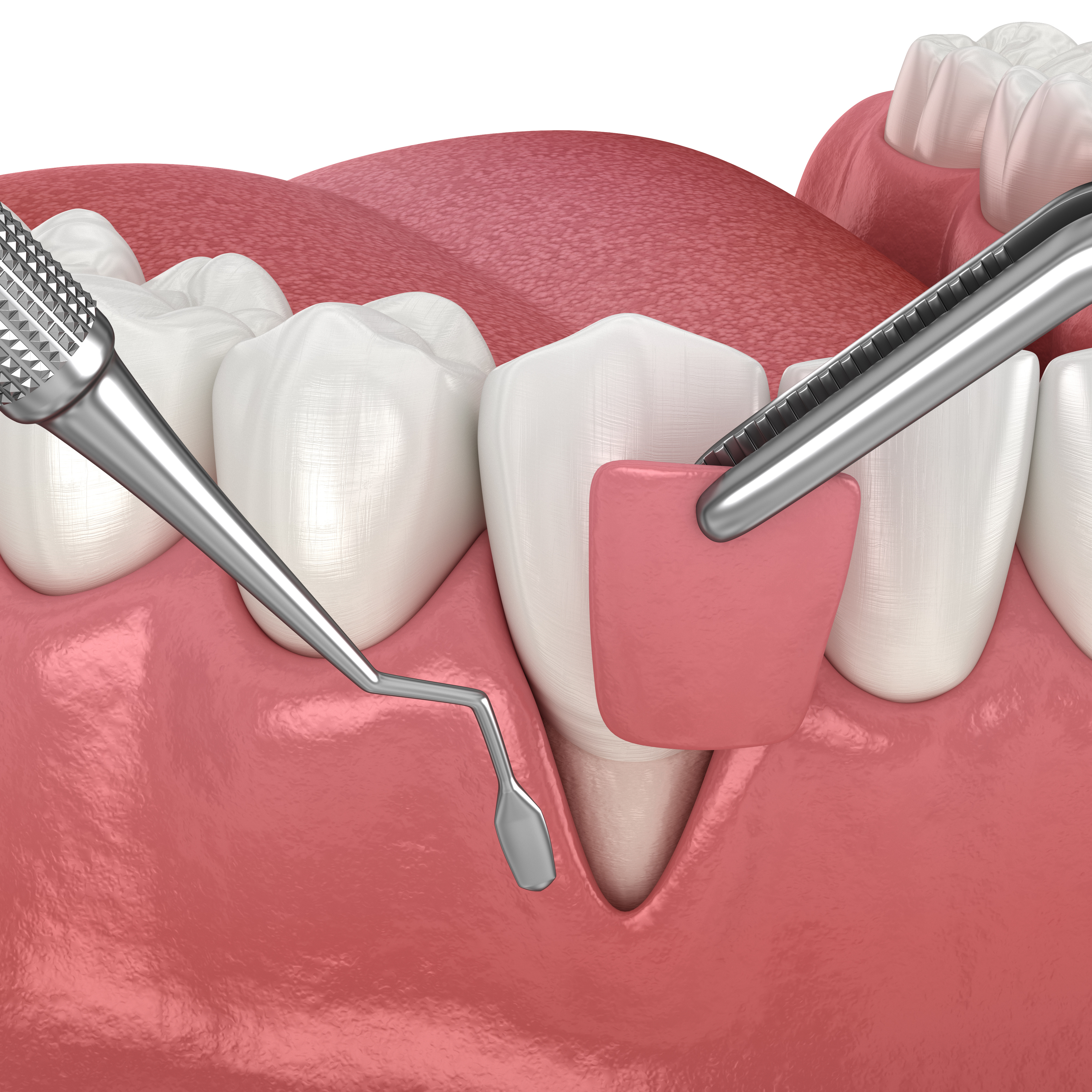
Recession Therapy
Gum recession exposes the roots of teeth and can lead to sensitivity and decay. It also affects the aesthetics of your smile. Gum grafting is a procedure that helps cover exposed roots and regenerate lost gum tissue. Learn more about the surgical techniques used to treat recession.
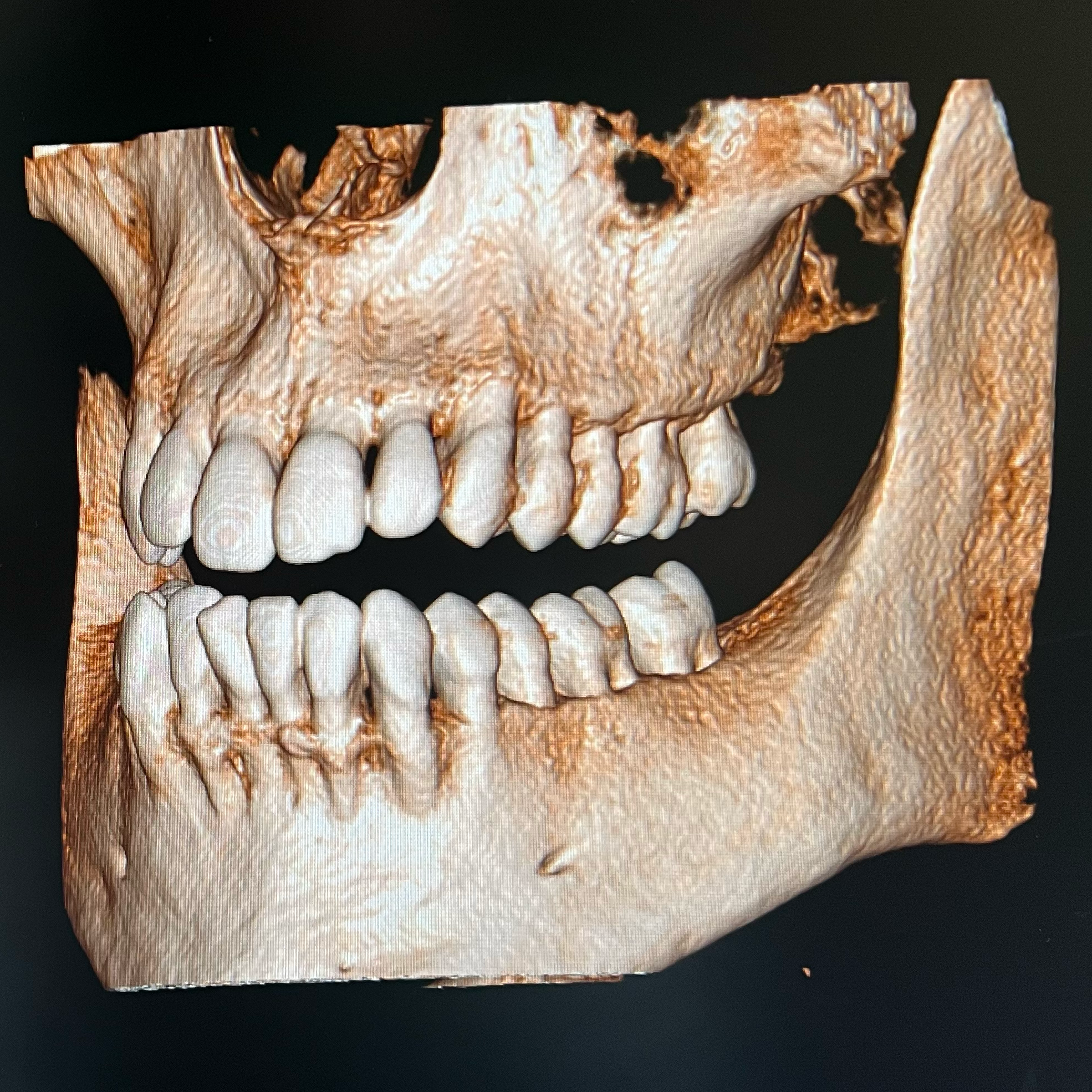
Specialty Services
As a full service periodontal practice, Pure Perio utilizes the latest dental technologies, imaging, and surgical techniques allowing for the best patient care and customized treatments including hard tissue preservation, aesthetics, and regenerative services. Learn more about the specialty services offered.

Post Operative Care
Proper post-operative care is crucial for healing and recovery after oral surgery. Be sure to follow all instructions, and attend post operative appointments. With proper after care procedures, we can ensure smooth and comfortable healing. Learn more about procedure specific instructions.
welcome to the practice
New Patients
Summer ’18
Collection





ENGAGEMENT
How It Works

Chat With An Expert
Lorem ipsum dolor sit amet, consectetur adipiscing elit, sed do eiusmod

Diamond Selection
Lorem ipsum dolor sit amet, consectetur adipiscing elit, sed do eiusmod

Design Your Ring
Lorem ipsum dolor sit amet, consectetur adipiscing elit, sed do eiusmod

NEW
Our Latest Jewelry
20% OFF Entire Wedding Collection
Vivamus suscipit tortor eget felis porttitor volutpat. Praesent sapien massa, convallis a pellentesque nec, egestas non nisi. Curabitur aliquet quam id dui posuere blandit.
Patient Referrals
Let's collaborate for comprehensive patient care. Refer periodontal patients to Pure Perio for advanced diagnostics, precision treatment planning, and the latest regenerative therapies. Our periodontal specialists will seamlessly coordinate to restore optimal gum health and esthetic outcomes.

